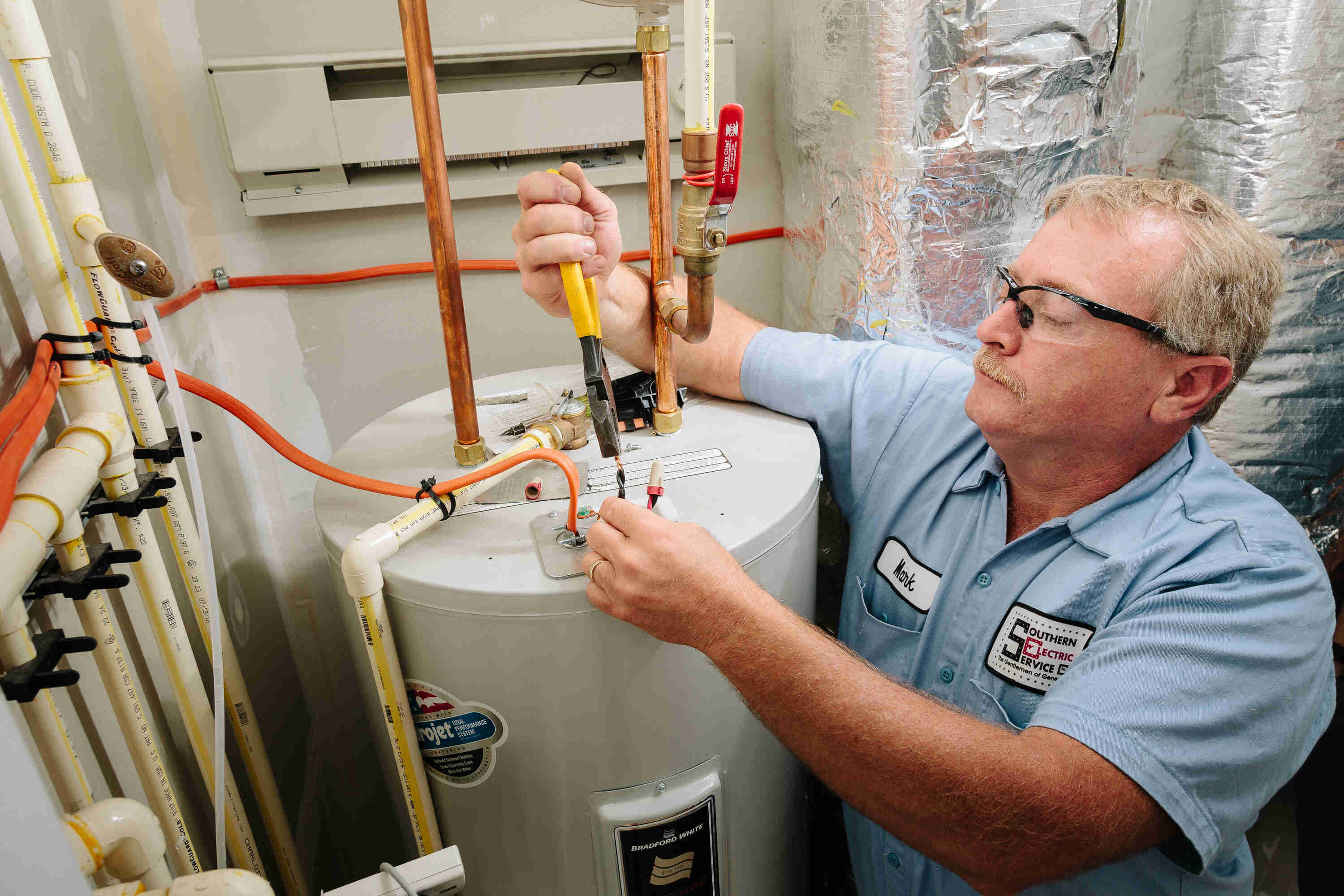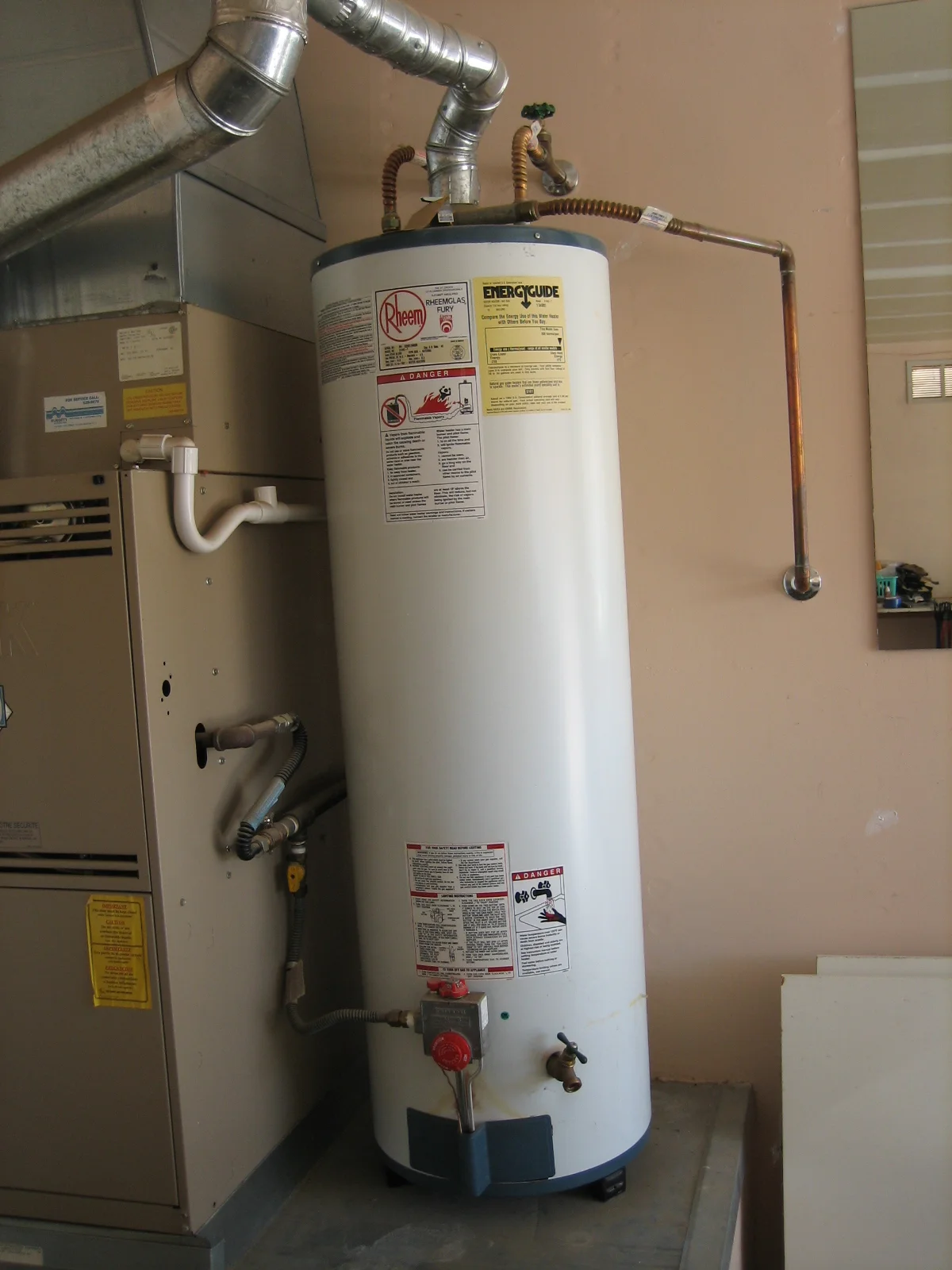Professional Advice for Maintaining Your Home's Hot Water System
Professional Advice for Maintaining Your Home's Hot Water System
Blog Article
How do you feel in regards to Water Heater Maintenance Tips You Can't Afford to Forget?

Warm water is crucial for day-to-day convenience, whether it's for a revitalizing shower or cleaning dishes. To ensure your hot water system runs efficiently and lasts longer, routine maintenance is essential. This write-up supplies functional ideas and insights on exactly how to preserve your home's hot water system to avoid disruptions and costly repair work.
Introduction
Maintaining your home's warm water system may seem difficult, but with a couple of basic steps, you can ensure it runs smoothly for several years to find. This guide covers every little thing from comprehending your hot water system to do it yourself maintenance tips and recognizing when to employ expert help.
Value of Preserving Your Hot Water System
Regular maintenance not just expands the life expectancy of your hot water system but additionally ensures it operates efficiently. Disregarding maintenance can lead to lowered effectiveness, higher energy costs, and also early failing of the system.
Signs Your Hot Water System Demands Maintenance
Recognizing when your warm water system requires attention can protect against major concerns. Watch out for indicators such as inconsistent water temperature level, unusual sounds from the heating unit, or rustic water.
Recognizing Your Hot Water System
Prior to diving into upkeep tasks, it's practical to understand the fundamental components of your hot water system. Usually, this consists of the hot water heater itself, pipes, anode rods, and temperature level controls.
Month-to-month Maintenance Tasks
Regular month-to-month checks can help catch small concerns prior to they escalate.
Flushing the Water Heater
Purging your hot water heater gets rid of sediment accumulation, enhancing performance and lengthening its life.
Checking and Replacing Anode Rods
Anode rods avoid rust inside the container. Evaluating and changing them when broken is crucial.
Inspecting and Changing Temperature Settings
Changing the temperature settings ensures optimum efficiency and security.
DIY Tips for Maintenance
You can perform several upkeep jobs on your own to keep your hot water system in leading problem.
Looking for Leaks
Routinely inspect pipelines and links for leakages, as these can result in water damage and greater expenses.
Evaluating Stress Relief Valves
Evaluating the pressure safety valve guarantees it operates appropriately and prevents excessive pressure accumulation.
Insulating Pipes
Shielding hot water pipes minimizes warm loss and can conserve energy.
When to Call an Expert
While DIY upkeep is beneficial, some problems require expert expertise.
Complicated Concerns Needing Professional Aid
Examples consist of significant leaks, electric problems, or if your hot water heater is regularly underperforming.
Regular Professional Maintenance Conveniences
Professional upkeep can consist of extensive evaluations, tune-ups, and making certain conformity with safety criteria.
Verdict
Routine upkeep of your home's warm water system is vital for efficiency, long life, and price financial savings. By complying with these ideas and understanding when to look for specialist assistance, you can guarantee a trustworthy supply of hot water without unexpected disturbances.
How to Maintain an Instant Hot Water Heater
Before tinkering with your hot water heater, make sure that it’s not powered on. You also have to turn off the main circuit breaker and shut off the main gas line to prevent accidents. Also turn off the water valves connected to your unit to prevent water from flowing into and out of the appliance. 2. When you’re done, you have to detach the purge valves’ caps. These look like the letter “T†and are situated on either side of the water valves. Doing so will release any pressure that has accumulated inside the valves while at the same time avoid hot water from shooting out and burning your skin. 3. When the purge valves’ caps are removed, you have to connect your hosing lines to the valves. Your unit should have come with three hoses but if it didn’t, you can purchase these things from any hardware or home repair shops. You can also get them from retail stores that sell water heating systems. Read the user’s manual and follow it to complete this task properly. When the hosing lines are connected, open the purge port’s valves. 4. You should never use harsh chemical cleaners or solutions when cleaning your unit. Make use of white vinegar instead. It should be undiluted and you’ll probably use about 2 gallons. 5. Now flush your water heater. This task should probably take about 40 minutes. We can’t give you specific directions for this because the procedure is carried out depending on the type, model and brand of your heater. With that being said, refer to the user’s manual. 6. When you’re done draining the unit, you have to turn off the purge port valves again. Remove the hosing lines that you earlier installed on each of the water valves. Put the valve caps (purge port) back in their respective places and be very careful so as not to damage the rubber discs that are found inside these caps. 7. Now that everything’s back in place, check your user’s manual again to find out how to reactivate your water heating system. 8. Once it is working, turn one of your hot water faucets on just to let air pass through the heater’s water supply pipes. Leave the tap on until water flows smoothly out of it. https://www.orrplumbing.com/blog/2014/september/how-to-maintain-an-instant-hot-water-heater/

I ran across that review on What Kind of Maintenance Do Water Heaters Need? while perusing the search engines. Sharing is nice. Who knows, you could be helping someone out. I recognize the value of your readership.
Call Today Report this page